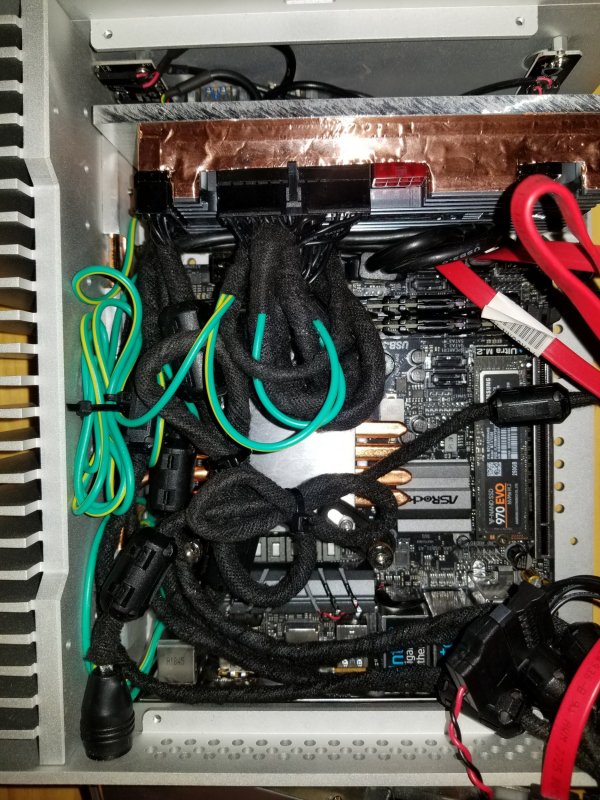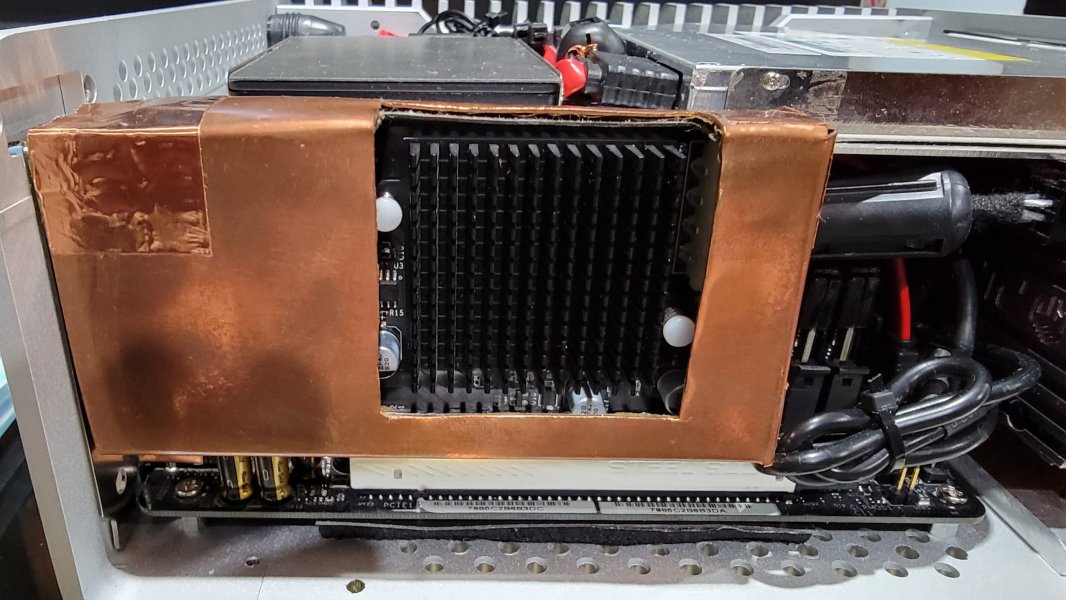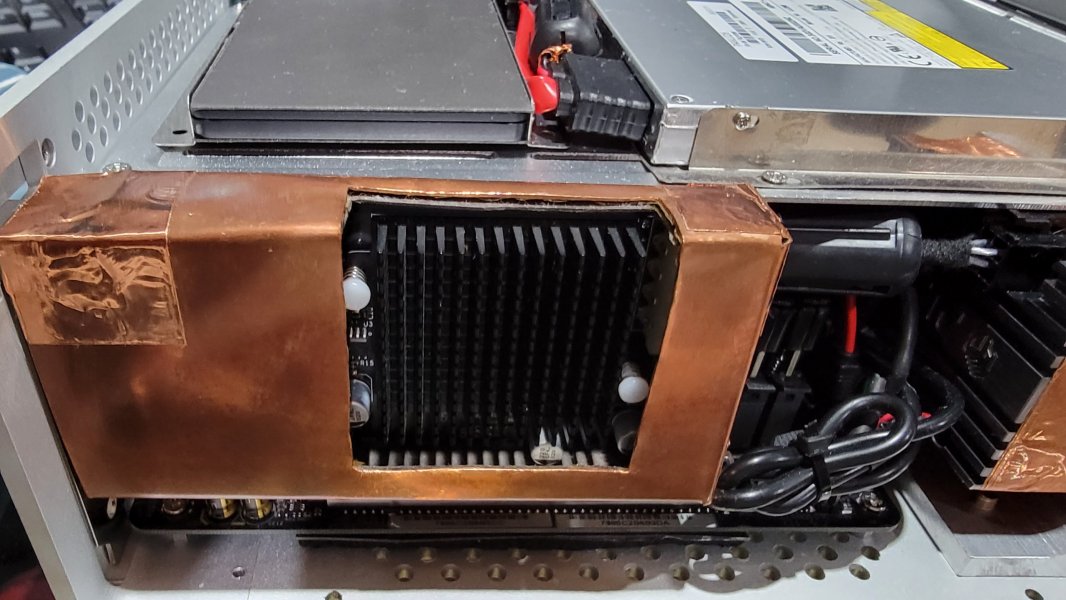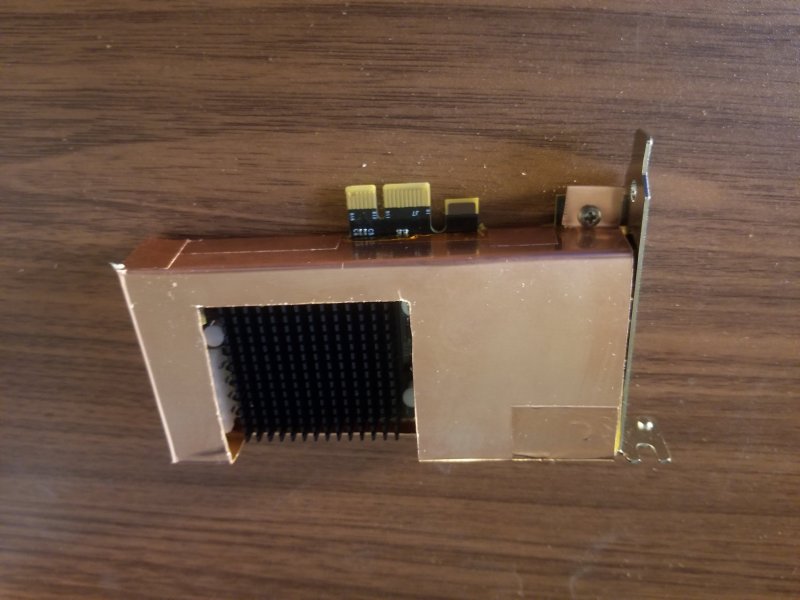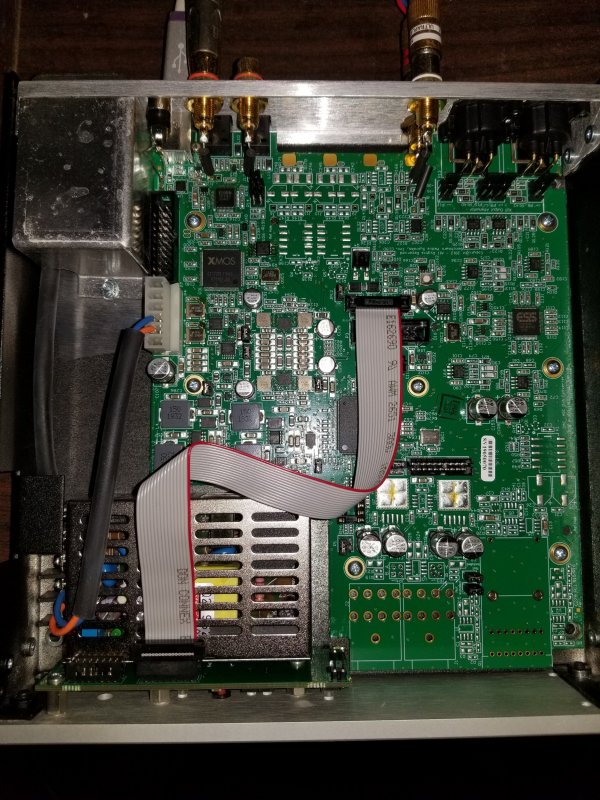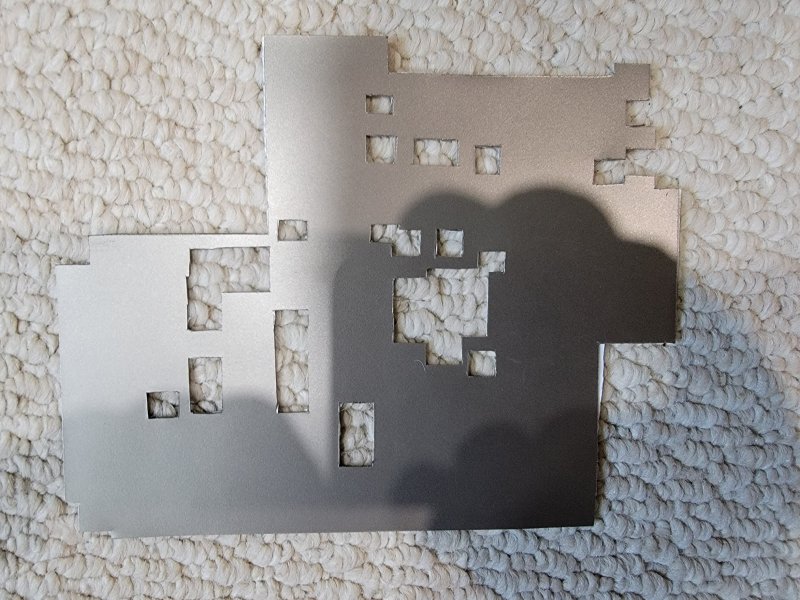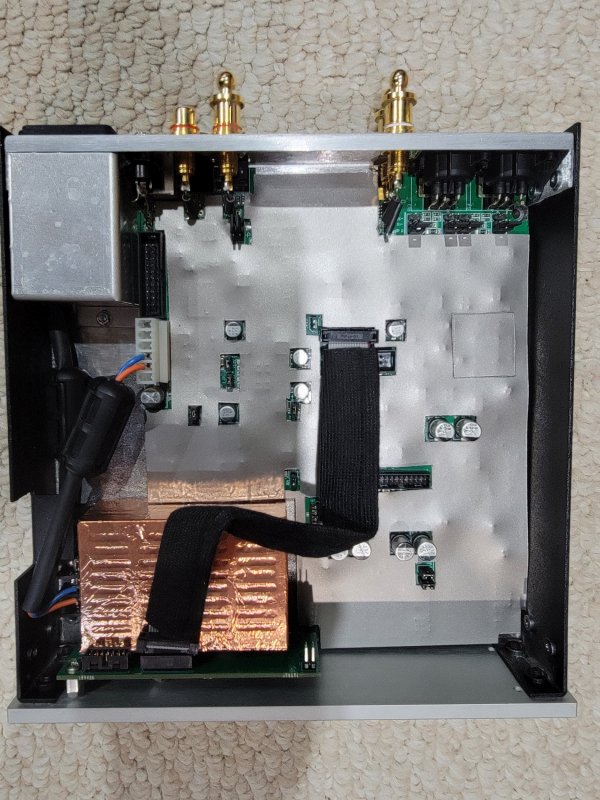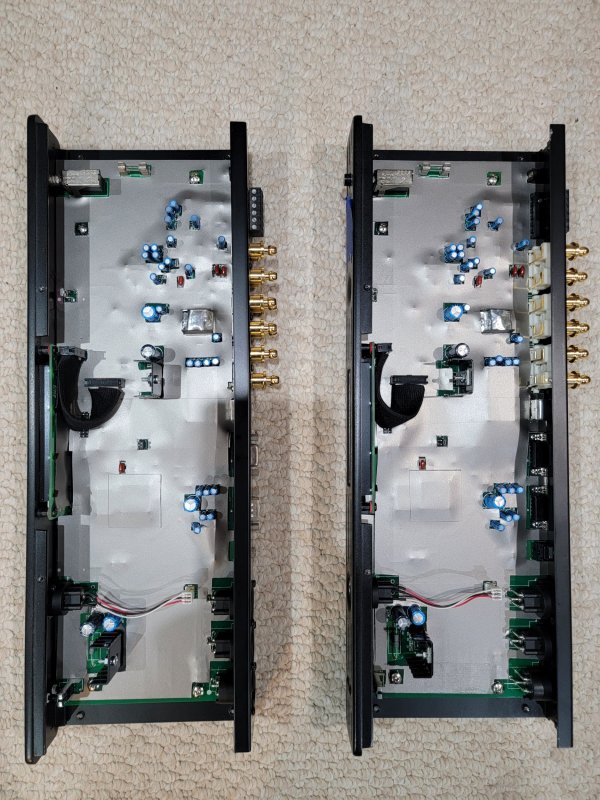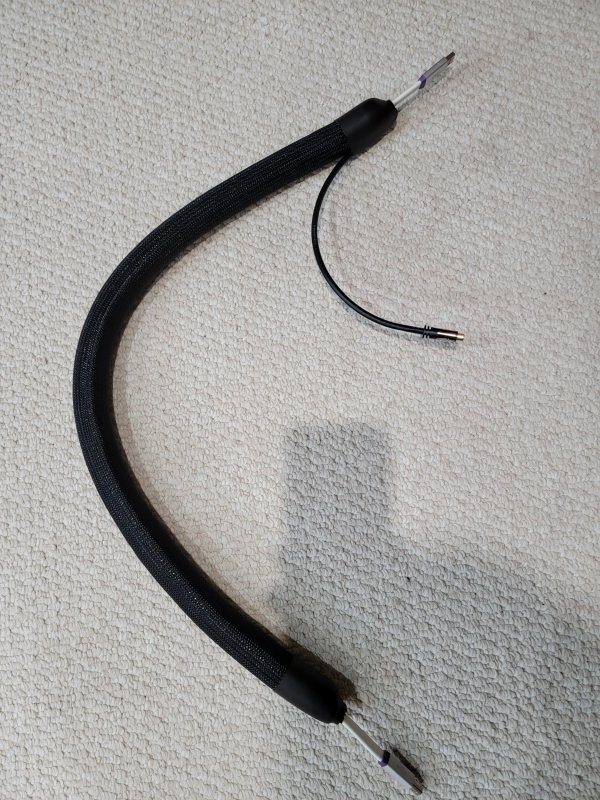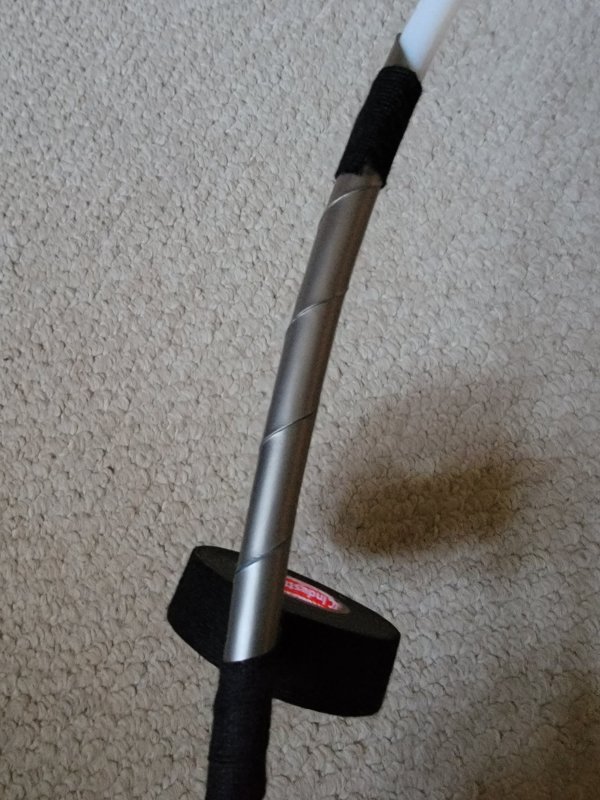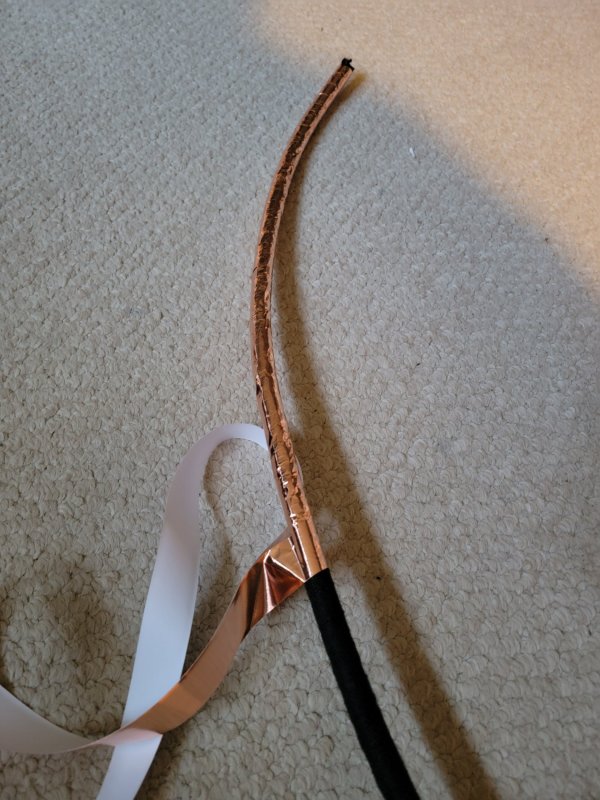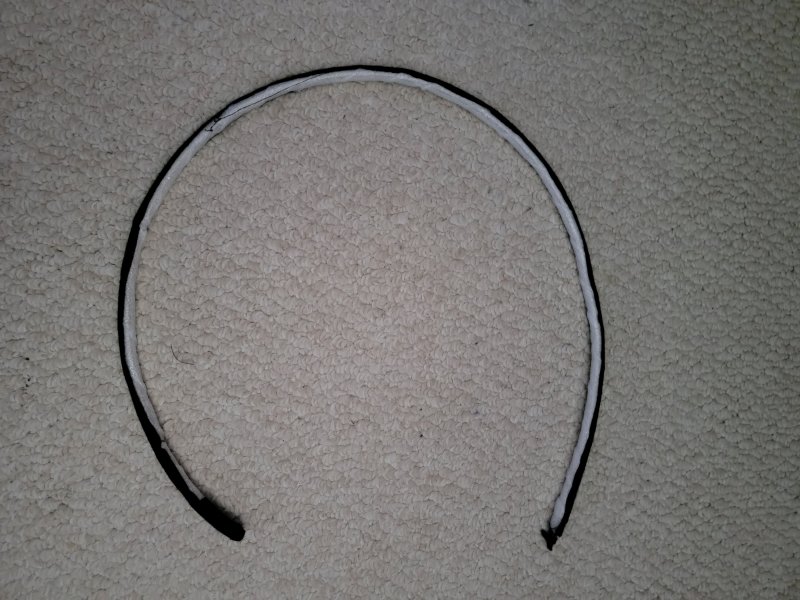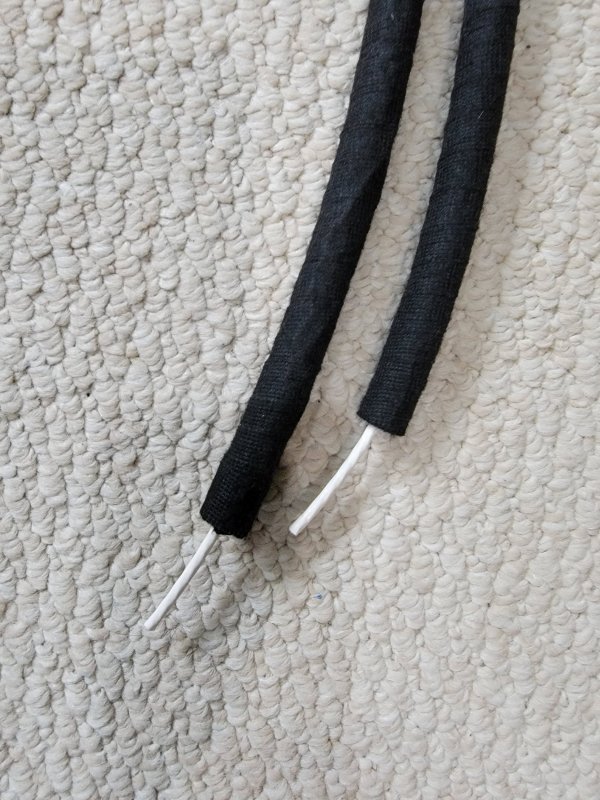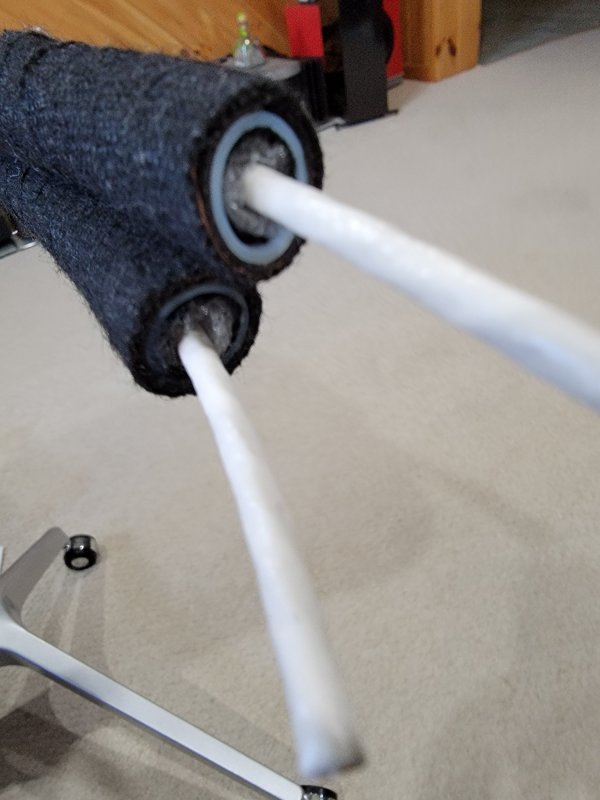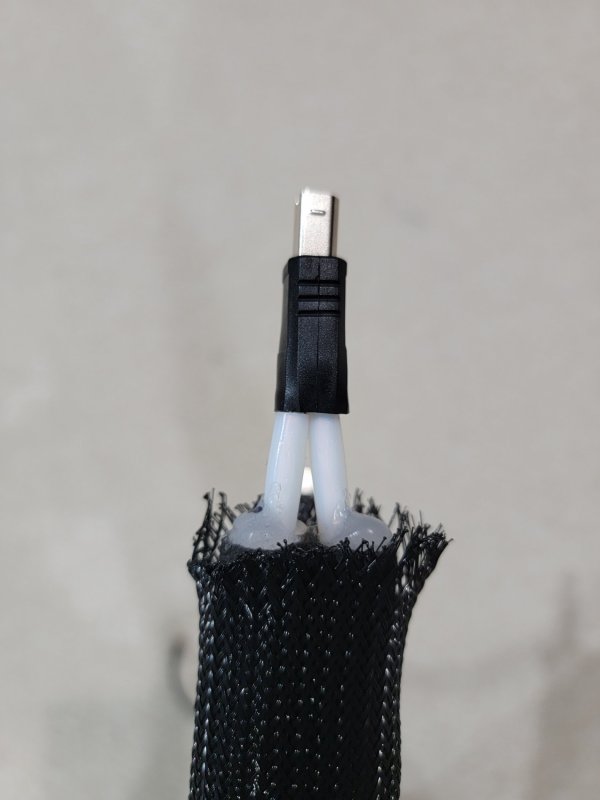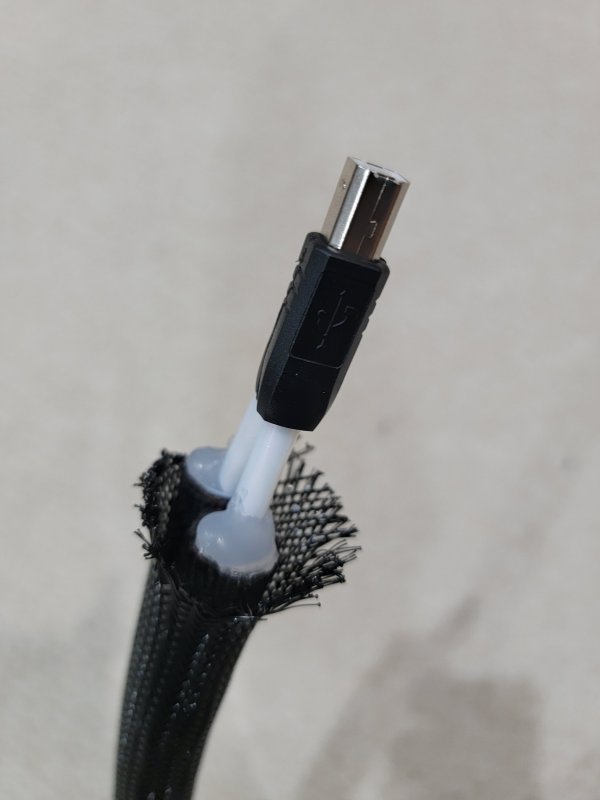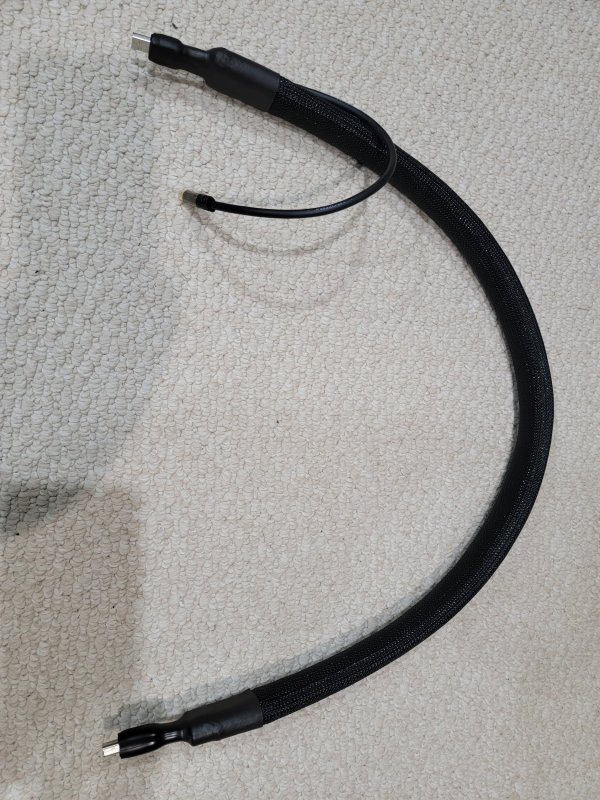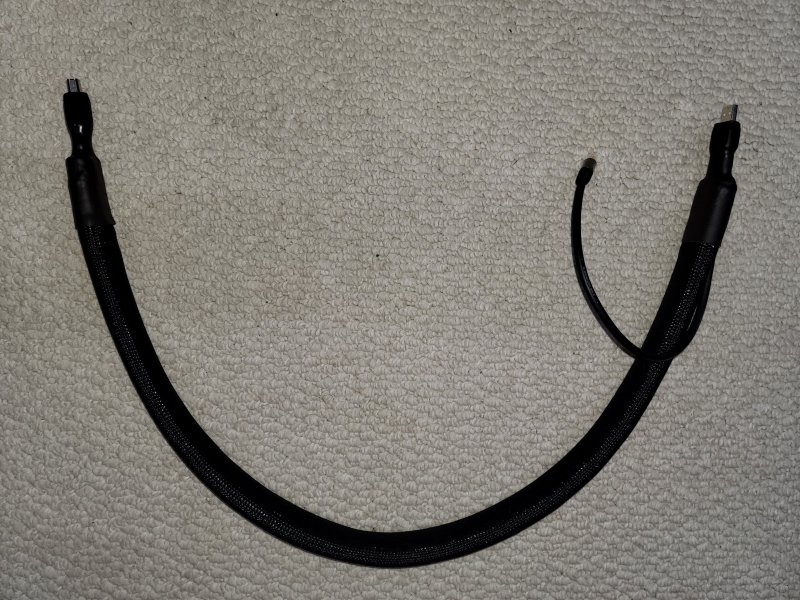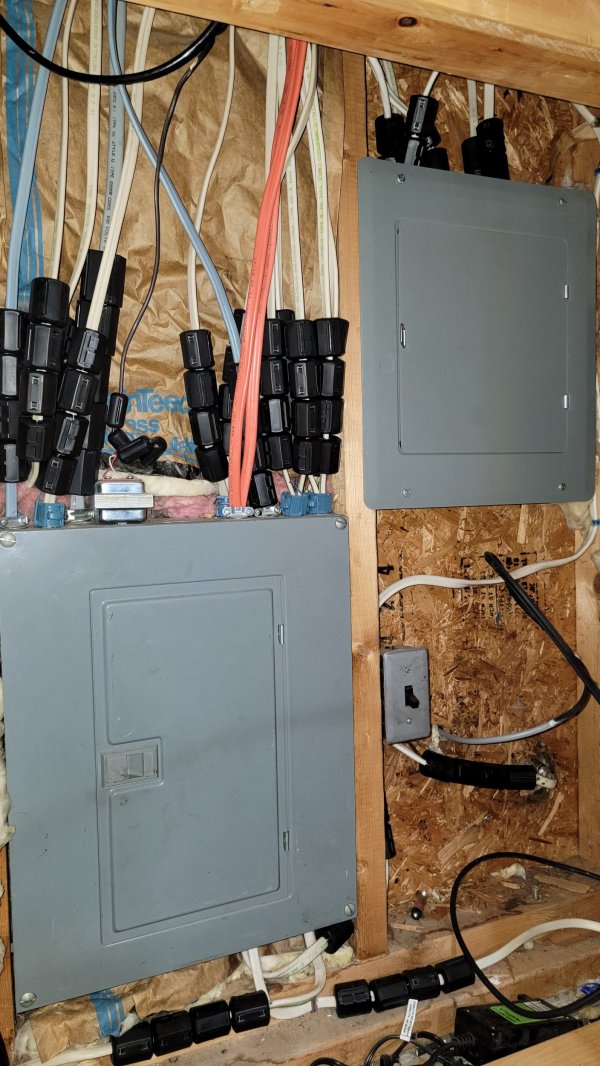Hello dcathro,
since I was interested in the 3M EMI sheet product you mentioned, I ordered two copies in the
1mm version a year ago.
Item:
https://www.mouser.de/ProductDetail/3M-Electronic-Specialty/AB5100SHF?qs=gMfM3zrbS4r0qTugzC4tdw==
Datasheet for series 5100 =
https://www.mouser.de/datasheet/2/1/846522423eaf927ed1f5720cd4d46e04fa361b66-2951889.pdf
The individual test with the sheets:
The advantage of the DIN A 4 sized sheets is that they can be placed in a variety of locations for familiarization without removing the adhesive foil.
Thus provisional layout combinations (optically visible) can be designed externally: Covering housings of individual components, wrapping short cables, etc. Depending on the size of the components, several sheets may be needed.
Comparisons with vs. without are time consuming, but provide the desired information. For example, on my DAC (sheet metal enclosure) the EMI sheets showed no effect, on enclosures of mono power amplifiers (tubes) a cleaner presentation when combined from the outside in the area of the power transformers.
Should the sheets become advantageous at any position in the system, they can be cut cleanly and then used invisibly
inside the housing.
Experiment creates knowledge!
Good success with upcoming projects wishes Rainer


